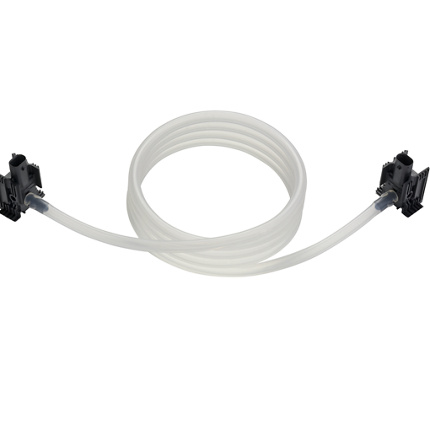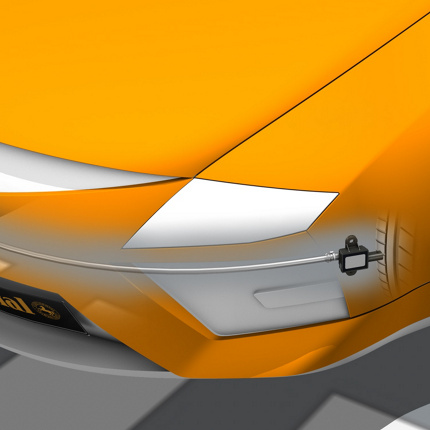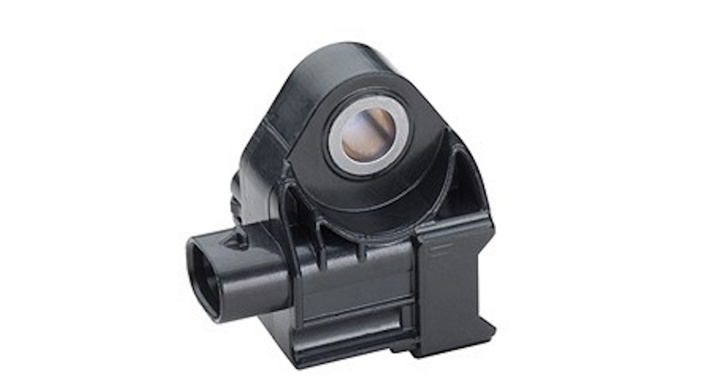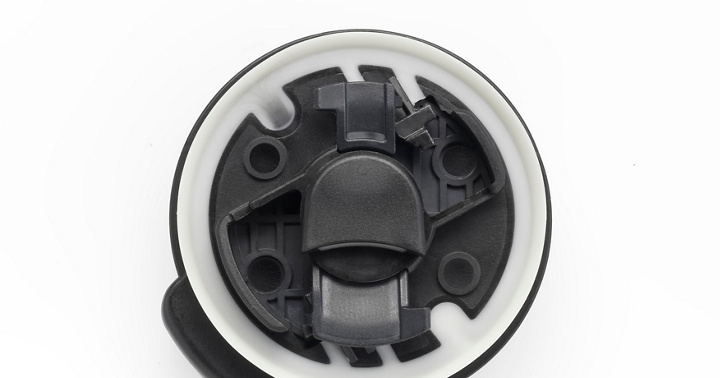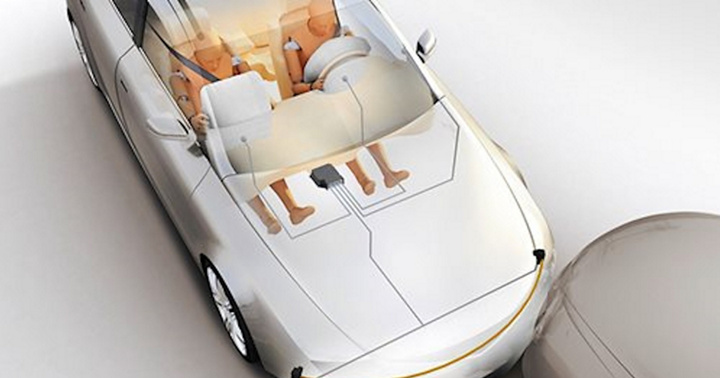The pedestrian protection sensor consists of a flexible air tube that is laid across the entire width of the car in its front bumper. The tube is situated directly behind the foam block that is fitted at the front of the vehicle to absorb impact energy. Standardized pressure sensors (pSAT) are installed at either end of the air-filled pressure tube. When a vehicle collides with an obstacle, the resulting pressure exerted on the tube through the front bumper and foam block creates a typical waveform that is detected by the two sensors at the ends of the tube and forwarded to the airbag control unit. A pedestrian protection algorithm in the analysis software enables the type of collision to be rapidly identified. The signal propagation time also allows conclusions to be drawn about the location of the impact, for example the front right-hand corner or the middle of the vehicle. Within 10-15 milliseconds of an impact, the active hood of the vehicle is triggered and raised by special actuators. This reduces the risk of death or severe injury to the pedestrian from hitting the hood and underlying engine block. The sensor is easily adaptable to any vehicle type. The pressure-based pedestrian protection system can be enhanced by combining with acceleration-based technology (gSAT).
Benefits & Features
- Rapid recognition of every required pedestrian impact situation
- Robust – resistant to misuse situations and environmental influences
- Easy to integrate into existing bumper systems
- Additional system for maximum passive safety
- Cost-optimized design based on standard components
Technical Information
PSI5 interface
-40 °C up to 120 °C
Temperature range
Our Sensor Highlights
Do you want to know more?
*If the contact form does not load, please check the advanced cookie settings and activate the functional cookies for the purpose of contact management.
